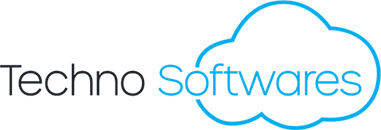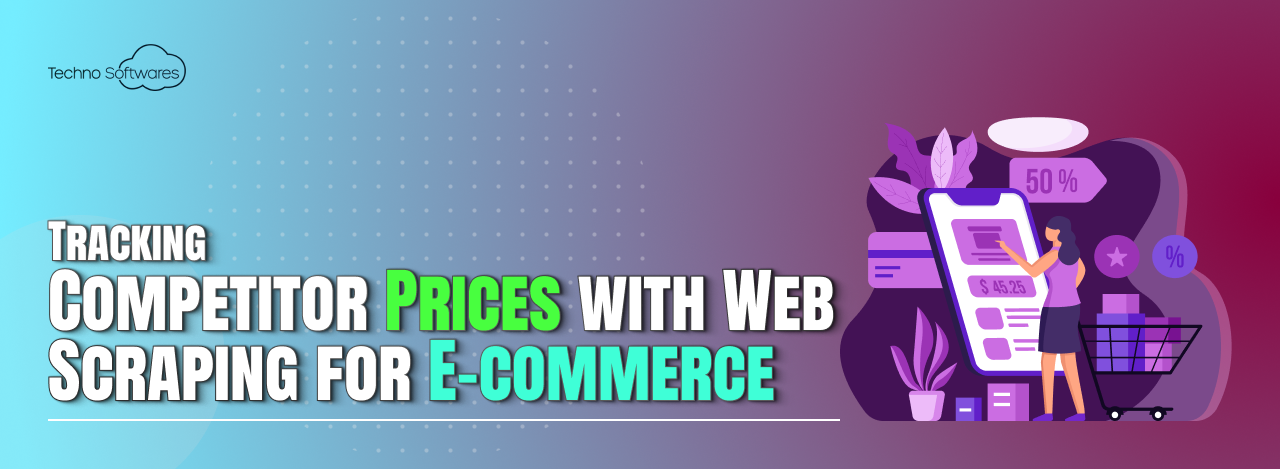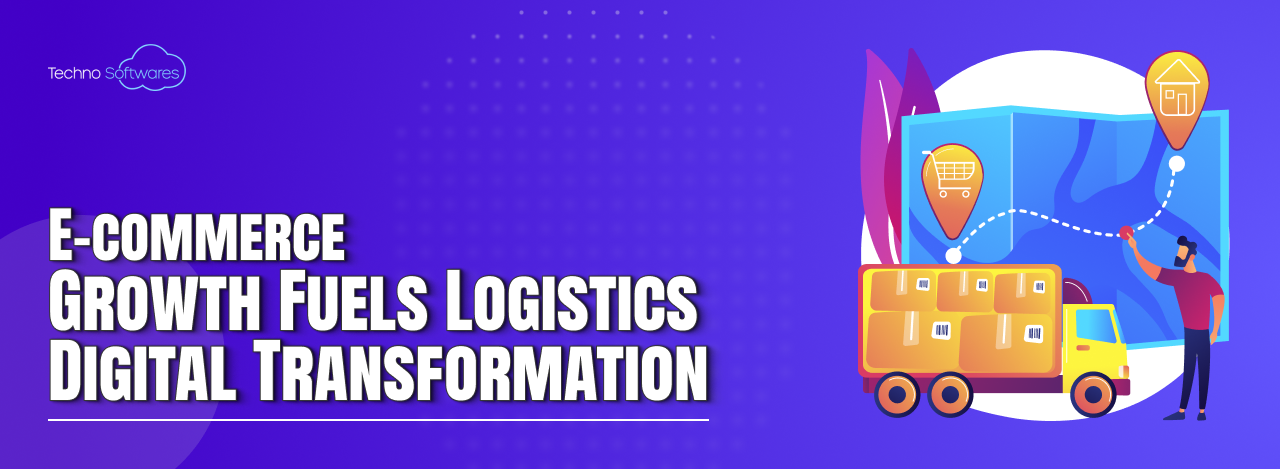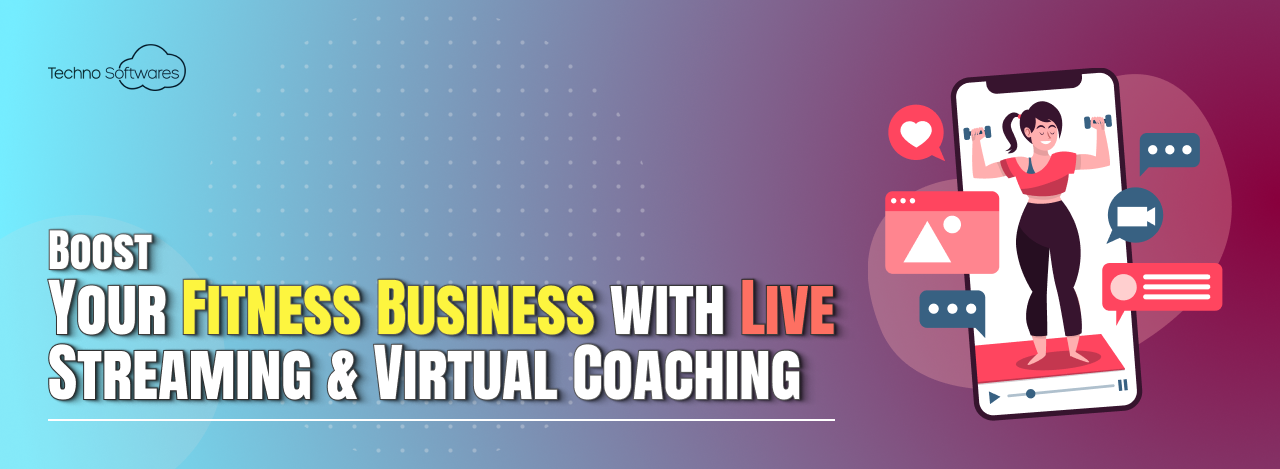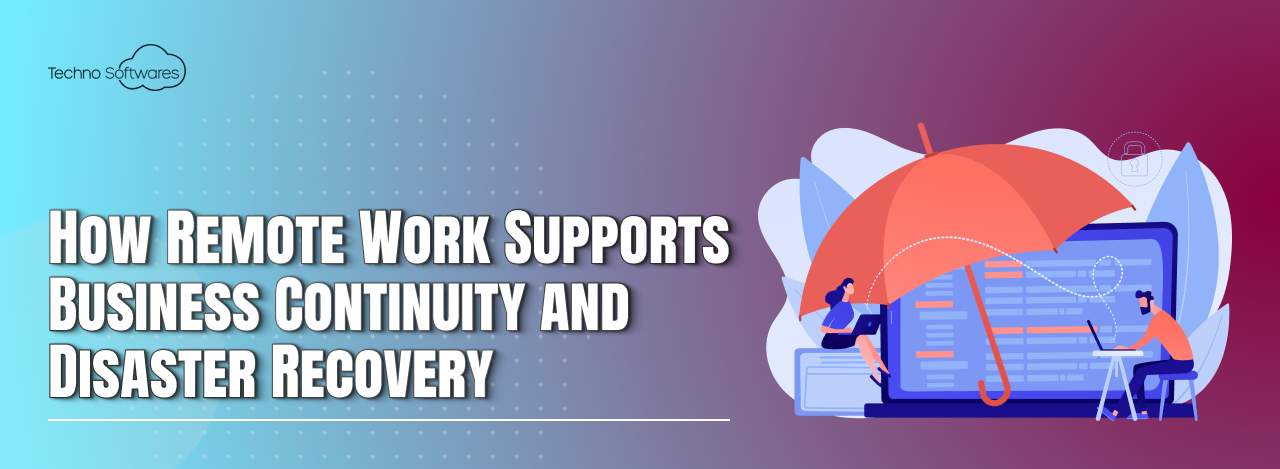How E-commerce Brands Can Use Web Scraping to Track Competitor Pricing
In the rapidly evolving landscape of e-commerce, brands are constantly seeking innovative ways to gain a competitive edge. One of the most effective methods that has emerged is web scraping, a technique that allows businesses to extract data from websites automatically. For e-commerce brands, this means the ability to gather vast amounts of information about products, prices, and market trends without the need for manual data entry.
By leveraging web scraping, companies can streamline their operations, enhance their pricing strategies, and ultimately improve their bottom line. Web scraping involves using software tools to collect data from various online sources, transforming unstructured data into structured formats that can be easily analyzed. This capability is particularly valuable in the e-commerce sector, where price fluctuations and product availability can change rapidly.
By automating the data collection process, brands can focus on strategic decision-making rather than getting bogged down in tedious data entry tasks. As competition intensifies, understanding how to effectively utilize web scraping becomes essential for e-commerce brands aiming to thrive in a digital marketplace.
Key Takeaways
- Web scraping is a valuable tool for e-commerce brands to gather data from the internet.
- Tracking competitor pricing is crucial for e-commerce brands to stay competitive in the market.
- Web scraping offers benefits such as real-time price data extraction and trend analysis.
- Techno Softwares can automate the extraction of product and price data for e-commerce brands.
- Web scraping allows for monitoring competitor pricing changes in real-time and leveraging competitive intelligence.
Understanding the Importance of Tracking Competitor Pricing
In the e-commerce arena, pricing is a critical factor that can significantly influence consumer behavior. Customers are more informed than ever, often comparing prices across multiple platforms before making a purchase. As such, tracking competitor pricing is not just beneficial; it is essential for maintaining market relevance.
By keeping a close eye on how competitors price their products, brands can make informed decisions about their own pricing strategies, ensuring they remain competitive while maximizing profit margins. Moreover, understanding competitor pricing allows brands to identify market trends and consumer preferences. For instance, if a competitor lowers their prices on a popular product, it may indicate a shift in consumer demand or an attempt to clear inventory.
By analyzing these trends, e-commerce brands can adjust their offerings accordingly, whether that means matching prices, enhancing product features, or launching promotional campaigns. This proactive approach not only helps in retaining existing customers but also attracts new ones who are looking for the best deals.
The Benefits of Using Web Scraping for Price Data Extraction
Web scraping offers numerous advantages for e-commerce brands looking to extract price data efficiently. One of the most significant benefits is the speed at which data can be collected. Traditional methods of gathering pricing information often involve manual checks and spreadsheets, which can be time-consuming and prone to human error.
In contrast, web scraping tools can gather data from multiple websites simultaneously, providing real-time insights into competitor pricing without the delays associated with manual processes. Additionally, web scraping enables brands to collect data at scale. E-commerce businesses often operate across various platforms and markets, making it challenging to monitor pricing consistently.
With web scraping, brands can automate the collection of price data from numerous competitors and marketplaces, ensuring they have a comprehensive view of the competitive landscape. This extensive data collection not only aids in pricing strategy formulation but also enhances overall market intelligence by providing insights into product availability and promotional activities.
How Techno Softwares Can Automate Product and Price Data Extraction
Techno Softwares has emerged as a leader in providing automated solutions for product and price data extraction through web scraping. Their advanced software tools are designed to simplify the process of gathering competitive pricing information while ensuring accuracy and efficiency. By utilizing Techno Softwares’ solutions, e-commerce brands can automate the extraction of product details such as descriptions, specifications, and prices from competitor websites with minimal manual intervention.
The automation capabilities offered by Techno Softwares extend beyond mere data collection; they also include features for scheduling regular scraping tasks. This means that e-commerce brands can set up their scraping processes to run at specific intervals—daily, weekly, or even hourly—ensuring they always have access to the most current pricing information. Furthermore, Techno Softwares provides user-friendly interfaces that allow businesses to customize their scraping parameters according to their specific needs, making it easier for non-technical users to harness the power of web scraping.
The Process of Web Scraping for Competitor Pricing
The process of web scraping for competitor pricing typically involves several key steps that ensure effective data collection and analysis. Initially, businesses must identify the websites from which they wish to scrape data. This involves selecting competitors that are relevant to their market segment and determining which products or categories are most critical for monitoring.
Once the target websites are established, the next step is to configure the web scraping tool to extract specific data points such as product names, prices, descriptions, and any other relevant attributes. After configuring the tool, the actual scraping process begins. The software navigates through the selected websites, mimicking human browsing behavior to collect the desired information.
This step may involve handling various challenges such as CAPTCHA systems or dynamic content loading that can hinder automated scraping efforts. However, advanced web scraping tools are equipped with features that allow them to bypass these obstacles effectively. Once the data is collected, it is typically stored in a structured format such as CSV or JSON files for further analysis.
Ensuring Data Accuracy and Consistency with Web Scraping
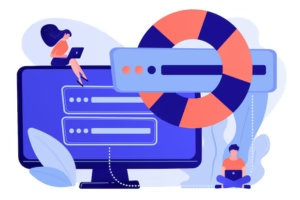
Data accuracy and consistency are paramount when it comes to web scraping for competitor pricing. Inaccurate or inconsistent data can lead to misguided business decisions that may adversely affect an e-commerce brand’s performance. To ensure high-quality data extraction, businesses must implement several best practices throughout the scraping process.
One effective strategy is to regularly validate the scraped data against known benchmarks or manually checked samples to identify discrepancies. Moreover, employing robust error-handling mechanisms within the web scraping tool can significantly enhance data accuracy. These mechanisms can include retry logic for failed requests or alerts for unexpected changes in website structure that may affect data extraction.
Additionally, maintaining a log of scraping activities allows businesses to track any issues that arise during the process and make necessary adjustments promptly. By prioritizing data accuracy and consistency, e-commerce brands can rely on their scraped data to inform strategic decisions confidently.
Analyzing and Utilizing Competitor Pricing Data
Once competitor pricing data has been successfully scraped and validated, the next step involves analyzing this information to derive actionable insights. E-commerce brands can employ various analytical techniques to assess pricing trends over time, identify patterns in competitor behavior, and evaluate their own pricing strategies in relation to market dynamics. For instance, by visualizing price changes through graphs or charts, brands can quickly identify periods of price fluctuations and correlate them with external factors such as seasonal demand or promotional events.
Utilizing competitor pricing data effectively also involves segmenting this information based on product categories or customer demographics. This segmentation allows brands to tailor their pricing strategies more precisely according to different market segments. For example, if a particular product category shows consistent price undercutting by competitors, a brand may choose to implement targeted promotions or bundle offers to maintain its market share in that segment.
Ultimately, thorough analysis of competitor pricing data empowers e-commerce brands to make informed decisions that enhance their competitive positioning.
Implementing Dynamic Pricing Strategies Based on Web Scraping Data
Dynamic pricing has become an increasingly popular strategy among e-commerce brands seeking to optimize revenue based on real-time market conditions. By leveraging insights gained from web scraping competitor pricing data, brands can implement dynamic pricing models that adjust prices automatically in response to changes in competitor offerings or market demand. This approach not only helps maximize profit margins but also ensures that prices remain competitive without constant manual intervention.
For instance, if a competitor lowers their price on a popular item during a holiday sale, an e-commerce brand utilizing dynamic pricing can automatically adjust its own price accordingly within minutes. This responsiveness not only helps retain customers who might otherwise switch to competitors but also positions the brand as a proactive player in the market. Additionally, dynamic pricing strategies can be further enhanced by incorporating other factors such as inventory levels or customer behavior analytics, creating a comprehensive approach to pricing optimization.
Monitoring Competitor Pricing Changes in Real-Time
Real-time monitoring of competitor pricing changes is crucial for e-commerce brands aiming to stay ahead in a competitive landscape. With web scraping tools capable of collecting data at regular intervals—sometimes even in real-time—brands can receive immediate alerts about significant price changes made by competitors. This capability allows businesses to react swiftly to market shifts and adjust their strategies accordingly.
For example, if a competitor launches a flash sale or discounts a high-demand product unexpectedly, an e-commerce brand equipped with real-time monitoring can quickly respond by adjusting its own prices or launching counter-promotions. This agility not only helps maintain customer loyalty but also enhances brand visibility during critical sales periods. Furthermore, real-time monitoring enables brands to identify emerging trends in consumer behavior and adapt their marketing strategies proactively.
Leveraging Web Scraping for Competitive Intelligence
Beyond just tracking prices, web scraping serves as a powerful tool for gathering competitive intelligence across various dimensions of the e-commerce landscape. Brands can scrape not only pricing information but also product descriptions, customer reviews, promotional strategies, and even social media mentions related to competitors. This comprehensive approach allows businesses to build a holistic view of their competitive environment.
By analyzing this wealth of information, e-commerce brands can identify gaps in their own offerings compared to competitors and uncover opportunities for differentiation. For instance, if competitors frequently receive positive reviews for specific product features that are lacking in a brand’s offerings, this insight can drive product development efforts or marketing campaigns aimed at highlighting unique selling propositions. Ultimately, leveraging web scraping for competitive intelligence equips e-commerce brands with the knowledge needed to make strategic decisions that foster growth and innovation.
Best Practices for E-commerce Brands Using Web Scraping for Competitor Pricing Tracking
To maximize the benefits of web scraping for competitor pricing tracking, e-commerce brands should adhere to several best practices that enhance efficiency and effectiveness. First and foremost is ensuring compliance with legal regulations regarding web scraping activities. Brands should familiarize themselves with website terms of service and applicable laws governing data collection practices to avoid potential legal repercussions.
Additionally, investing in robust web scraping tools that offer customization options is essential for tailoring data extraction processes according to specific business needs. Regularly updating these tools is also crucial as websites frequently change their structures or implement anti-scraping measures that could disrupt data collection efforts. Furthermore, establishing clear objectives for what data needs to be collected and how it will be used ensures that resources are allocated effectively.
Finally, fostering collaboration between technical teams responsible for implementing web scraping solutions and business teams utilizing the extracted data is vital for aligning goals and maximizing impact. By sharing insights gained from scraped data across departments—such as marketing, sales, and product development—e-commerce brands can create cohesive strategies that drive overall business success while remaining agile in response to market changes.
If you are interested in learning more about how Techno Softwares can help automate product and price data extraction, check out their article on The Benefits of Using Cloud Computing for Scalable App Development. This article discusses the advantages of utilizing cloud computing for app development and how it can help businesses scale effectively.
Get Scraping Service (FREE Demo)
FAQs
What is web scraping?
Web scraping is the process of extracting data from websites. It involves using automated tools to gather information from web pages and then organizing that data into a usable format.
How can e-commerce brands use web scraping to track competitor pricing?
E-commerce brands can use web scraping to monitor competitor pricing by extracting data from various online platforms such as Amazon, Flipkart, and Walmart. This allows them to stay updated on their competitors’ pricing strategies and adjust their own prices accordingly.
What are the benefits of using web scraping for tracking competitor pricing?
Using web scraping to track competitor pricing allows e-commerce brands to gain valuable insights into market trends, identify pricing strategies of their competitors, and make informed pricing decisions. It also helps them stay competitive in the market and optimize their pricing strategies for maximum profitability.
How can Techno Softwares help automate product and price data extraction from platforms like Amazon, Flipkart, and Walmart?
Techno Softwares offers web scraping services that can automate the extraction of product and price data from platforms like Amazon, Flipkart, and Walmart. Their tools and expertise enable e-commerce brands to efficiently gather and analyze competitor pricing data, giving them a competitive edge in the market.
